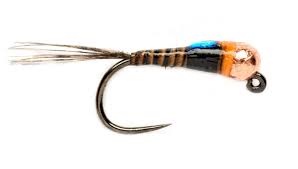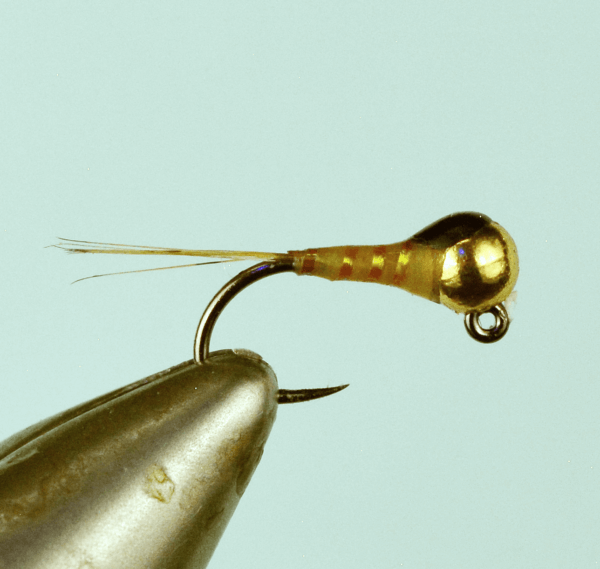Trout eat constantly. If they’re not surface feeding, they’re sub-surface feeding. It’s a well-known fact that nymphs live in the rocks. It’s a more well-known fact that rocks live on the river bottom! So if you want to get your fly to where the fish are, you need to get your nymph on the bottom. Which is why Euro Nymphing is so effective.
Euro nymphing has been around for 100’s of years. Historic records have anglers fishing deep flies on tight lines in central Europe in the 1600’s. Fast forward to the 60’s, and you find anglers across the United States high stick nymphing, which is also Euro Nymphing. And of course, the competitive anglers across the world have dominated the river portion of the World Fly Fishing Championships with Euro nymphing techniques.
Euro nymphing traditionally uses a long rod (10-11.5 ft.), a FIPS (Fédération Internationale de Peche Sportive Mouche) Euro Nymphing line and a long, monofilament or fluorocarbon leader. The variations from that are endless, but that is the basic setup. The long rod allows for better line control on the water, while the line and leader are chosen for their ability to sink rapidly. You can definitely use a Euro nymph set-up on your 9 ft rod, however the shorter rod will not give you the coverage a longer rod provides, nor will you get the length of drift. But tightliners have been nymphing with 9 ft rods for years with great success.

The flies are also different than many of the traditional nymphs used in Missoula. The Euro nymphs, like the Perdigon, are designed to sink rapidly. Many feature Tungsten beads on jig style hooks. The jig style hook rides point up, so they hang up less on the bottom of the river. The Missoulian Angler has the largest jig nymph selection in Missoula, and it’s expanding on a yearly basis. These nymphs sink rapidly, snag less and take trout.
The Euro nymph fisherman is running a relatively a relatively short line (10-25 ft) with 1-2 flies and maybe some weight, depending on depth. The FIPS line is quite thin, and not utilized as a classic fly casting line. The cast is accomplished using the weight of the flies and the flexibility of the long rod to cast the nymphs. The design of the Euro nymphs takes them to the bottom quickly, and the long rod allows the angler to control their depth and speed with incredible precision. The graphite rod translates every bump and tick back to the angler’s hand. As the flies ride close to the bottom, where the fish are, the tight line instantaneously allows the angler to set the hook upon take.
Working at such a close distance, euro nymphing is more suited to faster moving water. You can definitely Euro nymph in slower water, but your wading game had better be in top form! Euro nymphing does not work well from a boat. You need to have a bit more control over your flies depth than is achievable from a boat. Additionally, it often takes a couple of passes through a viable lie before the proper depth and speed is achieved, which is quite difficult from a boat.
Euro nymphing is all about getting the fly where the fish live, allowing the fish to expend minimum energy to feed. There is no method of fishing that is more effective. The relative water currents are slowest at the bottom of a river. The nymphs in the rocks are at the bottom of the river. The fish get a maximum return for a minimum effort when feeding, so they spend the majority of their time hugging the bottom. When you get your fly where the fish are feeding, you take more fish. Simple as that. So if you’re all about catching a lot of fish, call and ask the Missoulian Angler Fly Shop about Euro nymphing opportunities in Missoula. Once you get the technique figured out, your catch rate will jump exponentially.
Happy fly fishing!







